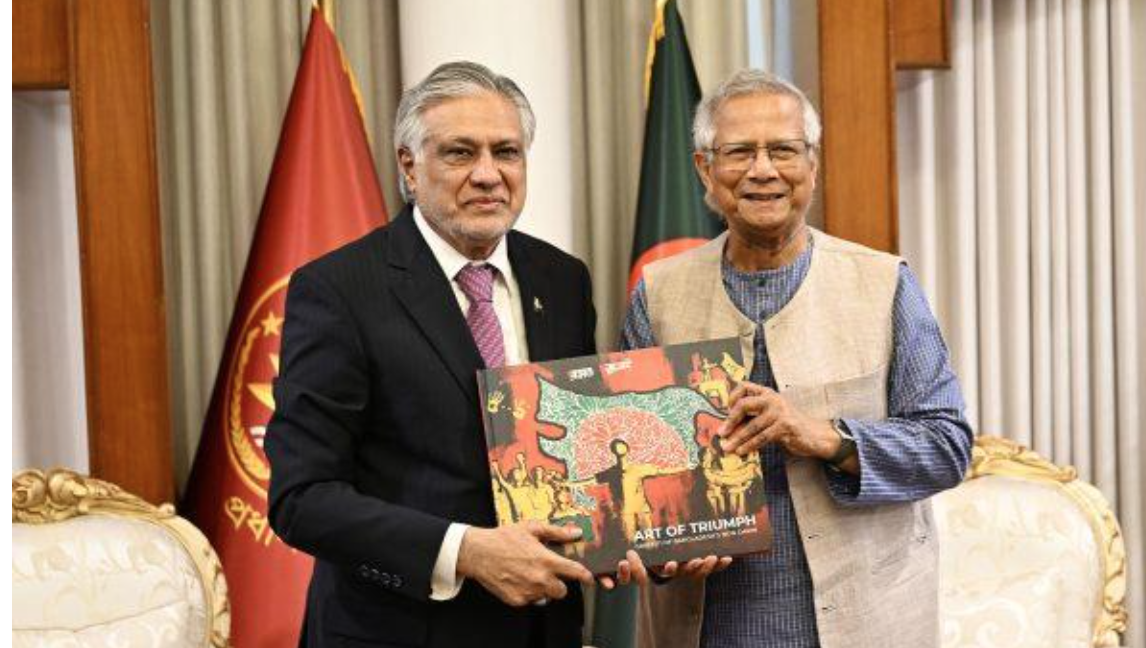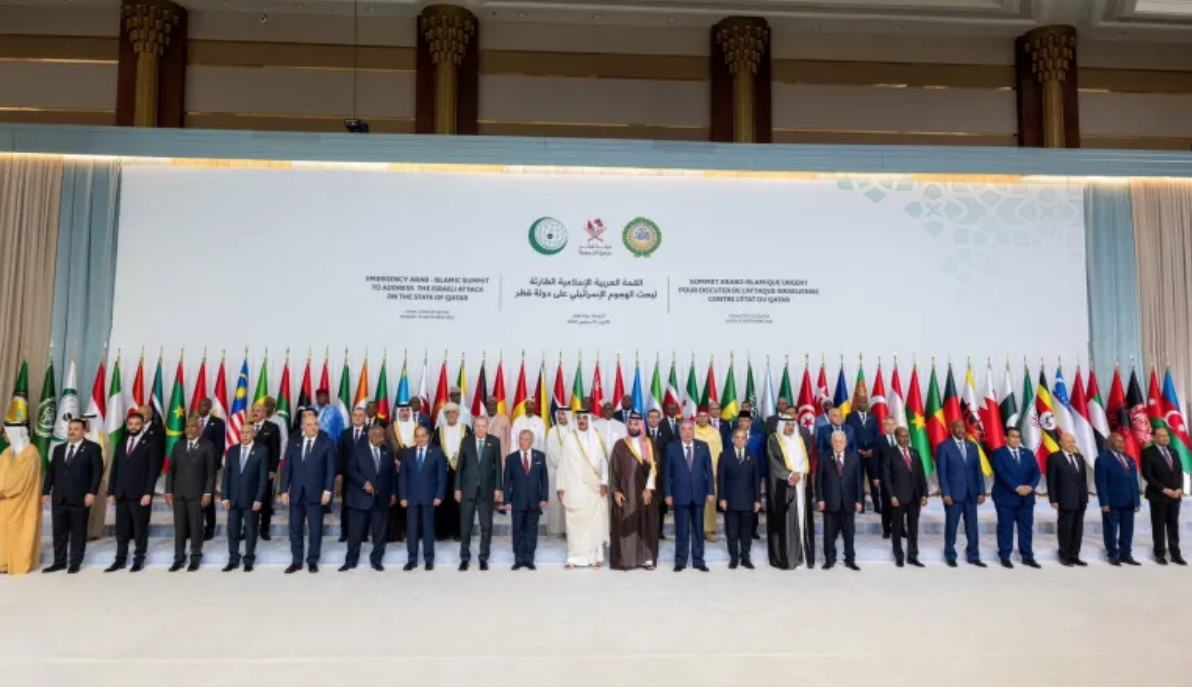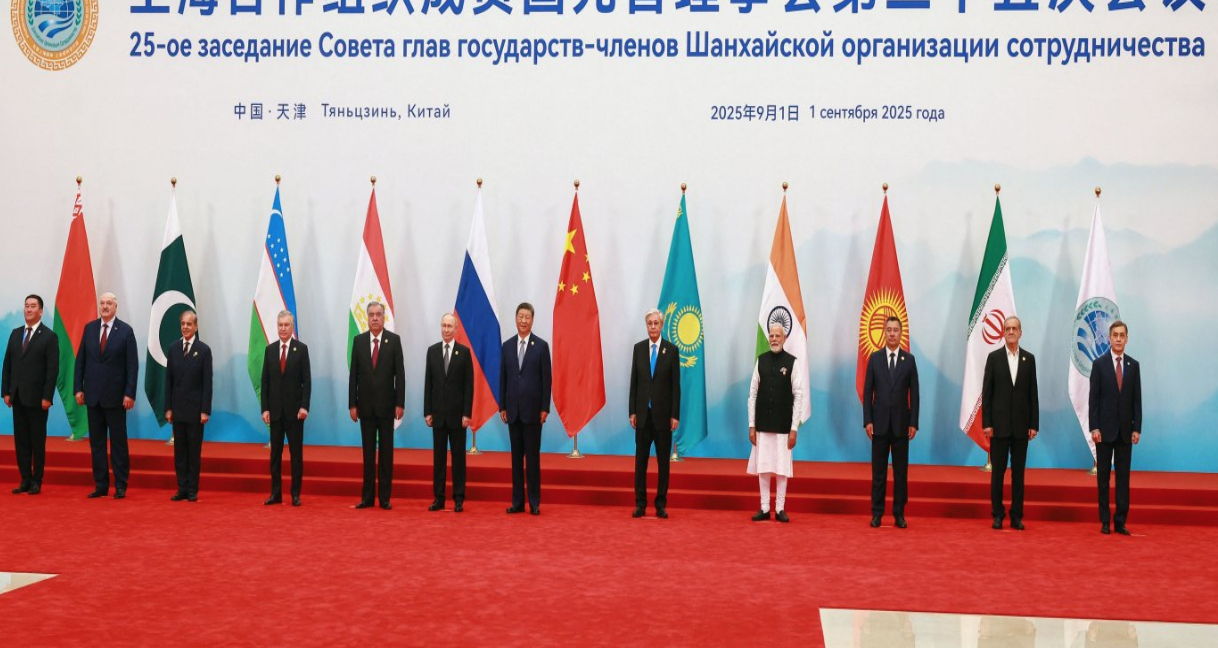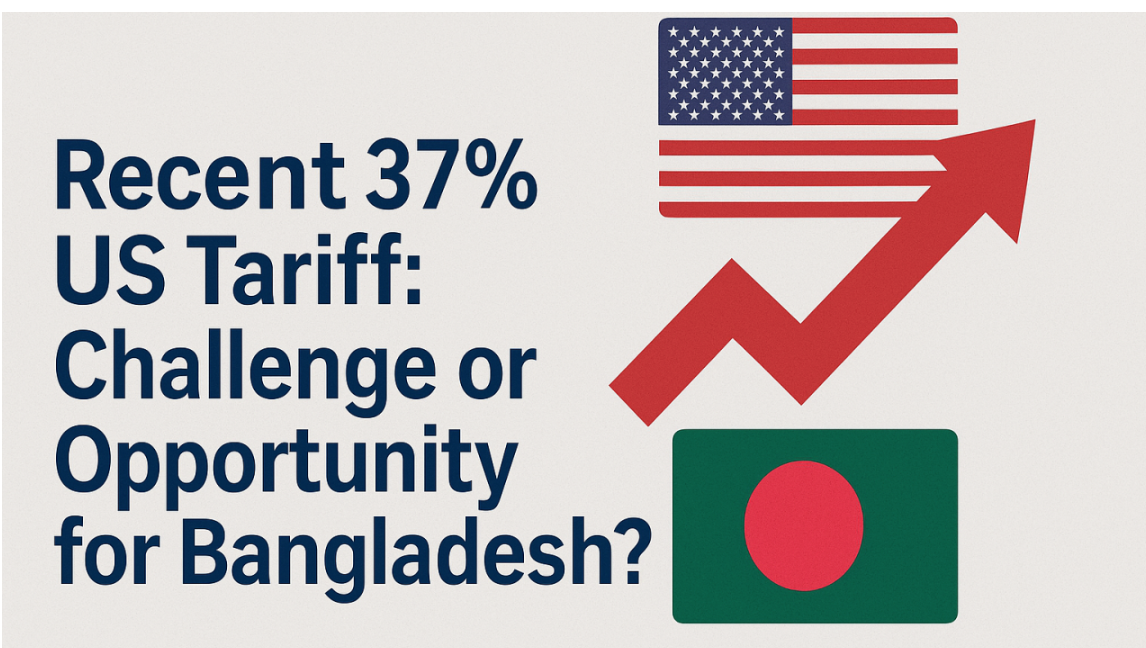Ishaq Dar’s visit to Bangladesh in August 2025 represents a significant milestone in the geopolitical and economic landscape of South Asia. This visit marks the first high-level diplomatic engagement between Pakistan and Bangladesh since 2012, signaling a potential thaw in relations that had been strained for over a decade. The context of this visit and its outcomes bear substantial implications not only for Pakistan and Bangladesh but also for the broader South Asian region, including India and China. This visit is critical for understanding the broader geopolitical ramifications. Bangladesh’s political landscape has shifted after the 2024 political changes-created a window of opportunity for Pakistan, which seeks to recalibrate its diplomatic and economic relationships with Dhaka.
During Dar’s visit, both nations signed several agreements aimed at bolstering bilateral trade, which has witnessed a positive uptick. Pakistan’s trade with Bangladesh surged by 27% in the fiscal year 2024-25, with Pakistan’s exports to Bangladesh amounting to $787 million and Bangladesh’s exports to Pakistan rising to $78 million. This trade growth, although significant, remains modest compared to Bangladesh’s trade with India, which dwarfs Pakistan’s economic footprint in the country. As of 2024, Bangladesh’s bilateral trade with India exceeded $25 billion, underscoring the scale of the challenge for Pakistan in competing with India as Bangladesh’s primary trade partner.
Nevertheless, Pakistan’s interest in deepening economic ties with Bangladesh is evident through initiatives such as the revival of the Joint Economic Commission (JEC) and the establishment of a preferential trade agreement (PTA). The promise of tripling bilateral trade to $3 billion in the near future hinges on successfully implementing these agreements. However, the potential for further trade expansion remains limited by structural issues such as logistical bottlenecks, market access challenges, and limited complementarities between the two economies. Bangladesh’s concern over the influx of cheap Pakistani textiles potentially undermining local producers poses another risk to the success of these initiatives. The economic potential of greater cooperation, particularly in areas like pharmaceuticals, textiles, and jute, can only be fully realized if both countries address these practical challenges. Additionally, the establishment of a knowledge corridor with 500 scholarships and enhanced cultural exchanges, while symbolically important, will not be sufficient to drive the kind of transformative economic relationship that Pakistan envisions without deeper institutional and economic reforms on both sides.
Dar’s visit to Bangladesh is also reflects a deeper geopolitical calculation. Pakistan is clearly seeking to reduce Bangladesh’s dependence on India and diversify its strategic alliances. Bangladesh, traditionally aligned with India both economically and strategically, is now pursuing a policy of strategic autonomy, which includes engagement with regional powers such as China and Pakistan. This shift is particularly significant given the growing Chinese influence in South Asia, notably through the China-Pakistan Economic Corridor (CPEC) and the growing role of Beijing in regional security and infrastructure projects. The trilateral meeting between Bangladesh, Pakistan, and China signals a deeper strategic alignment. While this new alignment does not directly challenge India’s position, it clearly signals Bangladesh’s desire to balance its foreign relations and reduce its overreliance on New Delhi. For Pakistan, this engagement serves to enhance its regional influence, particularly by courting Bangladesh as a potential ally in the broader India-China-Pakistan triangle.
In this front, India is acutely aware of these developments and perceives any deepening of defense or security ties between Bangladesh and Pakistan as a potential threat. India’s strategic calculus in South Asia, which has long relied on its superior military and economic power, faces increasing challenges from Pakistan’s attempts to cultivate closer ties with Bangladesh. Should defense cooperation between Bangladesh and Pakistan deepen, it could trigger a strong response from India, potentially leading to non-tariff barriers, diplomatic pressure, or even a recalibration of India’s engagement with Bangladesh. India’s stance on Bangladesh’s growing ties with China and Pakistan may influence its diplomatic tactics in the region, especially if these developments challenge its strategic interests.
However, the historical grievances from the 1971 Liberation War continue to serve as a major obstacle in normalizing relations. The strained relations between Bangladesh and Pakistan, particularly over unresolved issues from the 1971 Liberation War, had been exacerbated by Bangladesh’s close strategic alignment with India during the tenure of former government. With the emergence of a new political dynamic in Bangladesh, Islamabad seized this opportunity to engage with Dhaka, sending multiple high-level delegations. However, the process is fraught with complexities, especially due to the lingering domestic sensitivities surrounding the 1971 atrocities, unresolved compensation demands, and the call for a formal apology from Pakistan. Without sincere efforts to address these issues, Bangladesh’s engagement with Pakistan may remain limited.





